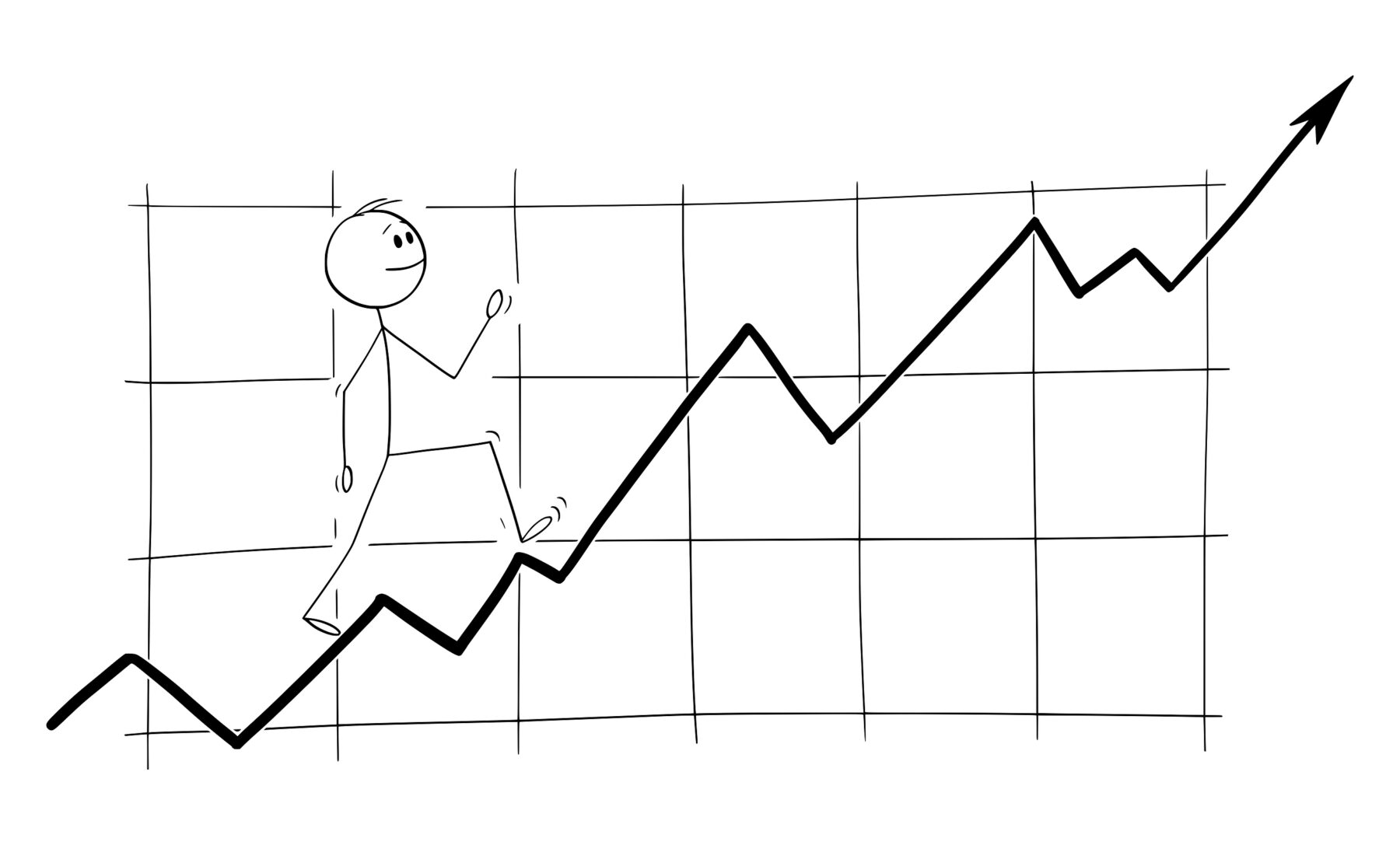Taking An RRSP Loan? How to Borrow to Invest
It can make a lot of sense to take an RRSP loan. When you borrow to boost your Registered Retirement Savings Plan contributions (RRSP) you’re able to reduce the taxes owed in that year, plus you maximize your tax rebate. But taking an RRSP loan only makes sense if you can minimize the cost of borrowing and only if you don’t carry higher-interest debt.
That means when deciding whether or not to borrow to invest in your RRSP you first need to examine your debts. Do you have personal lines of credit, credit card balances, student loans or car loans? If you do pay those off first.
If you no longer carry debt but don’t have a tonne saved to contribute to your RRSP, then you may want to consider borrowing to invest. But to do it wisely, you need to strategize how to pay off that borrowed money quickly.
The best strategy is to only borrow the same amount as you expect to get back as a tax refund. That way you are paying little to no interest on the loan — and minimizing the cost of borrowing money to maximize this year’s RRSP contribution.
Thankfully there is a fairly easy and quick formula for figuring out how much to borrow (based on your expected tax refund):
- Calculate your marginal tax rate.
- I use the calculator on TaxTips.ca, but any online calculator will do.
- For the sake of our example, let’s say your marginal tax rate is 33%
- Divide 1 by your marginal tax rate (1 / 0.33 = x)
- Then subtract 1 from that answer (x – 1 = y)
- Take the final answer (y) and divide it into the amount of money you will contribute to your RRSP before the investment loan ($ / y = the amount you should borrow to invest in your RRSP)
For example, let’s say Charlie has $5,000 to invest in his RRSP and he’s got a 33% marginal tax rate:
- 1 / 0.33 = 3.03
- 3.03-1=2.03
- $5,000 / 2.03 = $2,463
Based on these calculations, Charlie should borrow $2,500 and invest this sum, along with the $5,000 he saved, into his RRSP.
This $7,500 RRSP contribution will provide a tax return of $2,463, which he then uses to pay off the investment loan.
Remember, unlike loans for non-registered investments, interest on loans to invest in an RRSP are not tax-deductible.
Finally, if you already have other tax deductions — such as interest on government student loans or business income deductions — don’t worry about borrowing to invest in an RRSP.
Instead, concentrate on paying off interest-bearing loans and use the current deductions to maximize your refund. Once this is done use the formula to decide whether or not to borrow in order to maximize your RRSP investment.
RRSP vs TFSA
There are some rules of thumb as to which tax savings account is best.
If you and your family earn less than $35,000 a year, invest in the TFSA. When you retire, withdrawals from a TFSA will not trigger clawbacks for the Guaranteed Income Supplement and other geared-to-income government pension plans, so a TFSA makes more sense for lower-income people who will need to rely heavily on these plans to fund their retirement.
TFSAs are also better if a person expects to be in a higher tax bracket in retirement. For instance, people who can rely on exceptional defined benefit pension plans to fund their retirement (such as teachers, some union members and some government employees). They are also better when one spouse doesn’t earn an income — since you need to earn income to create contribution room in an RRSP.
For those earning $60,000 or more per year, stick with the RRSP. The idea is that an RRSP contribution can reduce the tax paid on that money today
Remember, the RRSP is primarily a retirement savings plan, while the TFSA can be used for any type of savings goal.
RRSP vs Mortgage Debt
This is the classic dilemma: Pay off your mortgage debt or invest in your RRSP.
Again, there is a general rule of thumb here:
Pay your mortgage first if your mortgage rate is equal to or higher than the long-term return inside your RRSP.
But if the rate of return in your RRSP is consistently higher than your mortgage rate, you’re generally better off paying the minimum on your mortgage and investing in your RRSP.
The challenge is being truthful about whether or not you’re a saver or a spender.
This is easy to answer given your past behaviour. For instance, after you paid off your student loans, did you use this “extra cash” to invest? Or did you spend it on the finer things in life? Once your credit card bill was paid off did you save that money in a TFSA or your RRSP? Or did you go out and rack up another bill?
If you look at your past behaviour and it shows that you are a spender, the best option for you is to contribute to your RRSP now. Over time you will adjust your spending so that you can pay off your mortgage, but history proves you may not adjust your spending to save for retirement, so it’s best to prioritize
A final option is to split the difference. Consider contributing to your RRSP first, then take the tax refund and make a lump sum against your mortgage. Do this for a few years and you’ll be surprised at how much you save both in the RRSP and from the reduction in overall interest owed on your mortgage debt. Better still, you may develop some better savings habits. Win-win-win.







